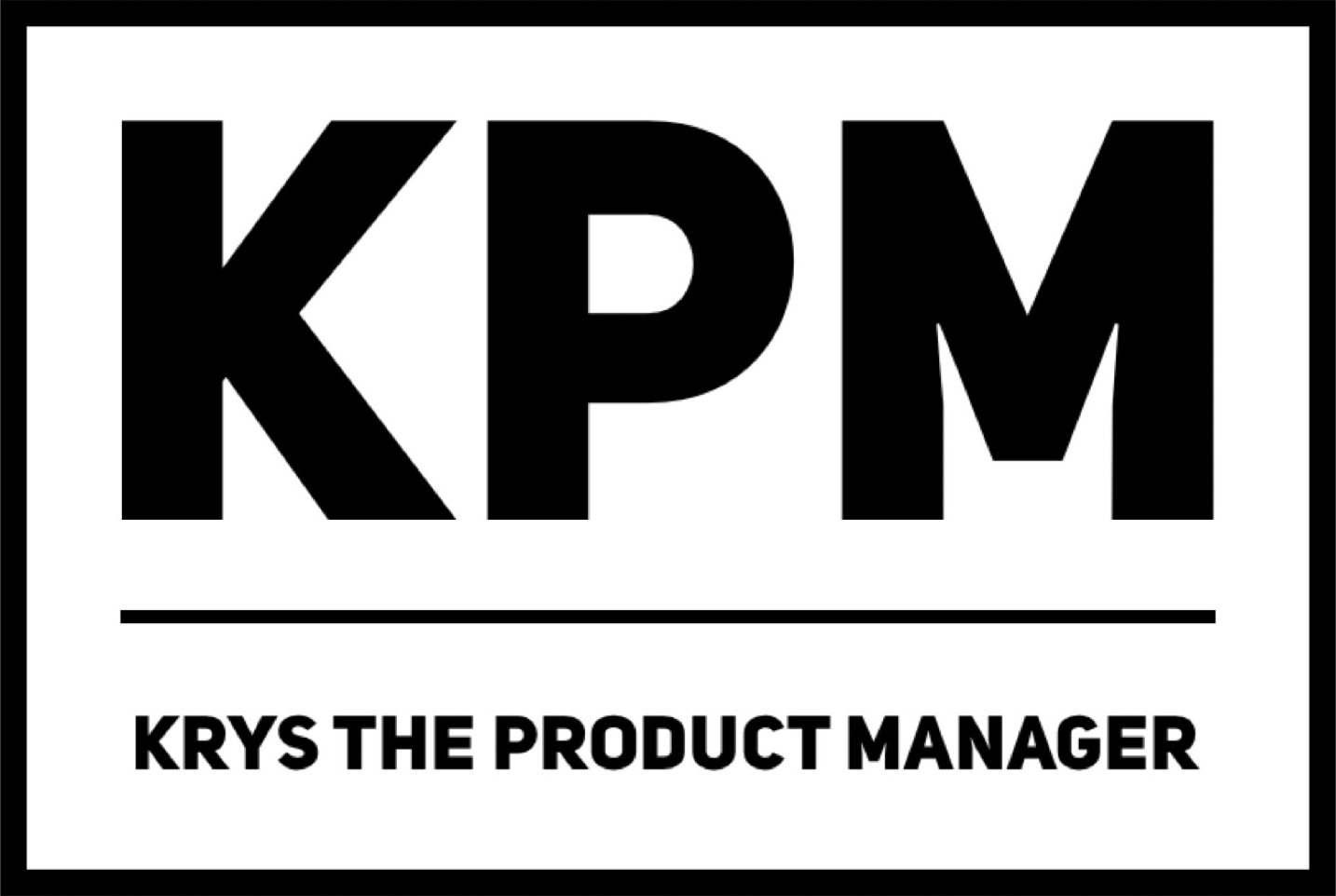One of the most impactful lessons I learned as a product manager is that people don’t really care how you solve their problem, just that the problem was solved at all.
The North Star for any product manager (especially in tech) as a professional is whether or not they are solving problems that people want to solve. However, the average product manager will build/develop a solution in-house before thinking about buying a third-party solution.
And in the world of tech, that makes sense.
The average product manager is, of course, a problem solver. The average person in tech is, of course, a builder. Naturally, when you mix the two, it seems only obvious that the average product manager in tech would build solutions to problems.
But hold your horses, my friends. The world’s a different place now. We’re solving problems faster than generations before (and of course, uncovering new ones). If you keep trying to solve today’s and tomorrow’s problems with yesterday’s solutions, I can guarantee that you’ll always be selling your potential short.
At some point of my career as PM, I undertook the challenge of guiding an end-to-end solution for field agents and office staff alike. For sake of keeping this anecdote short, imagine a lot of widespread assets and manpower and limited time for work-to-be-done to be done.
Now, I of course could’ve made an entire anthology of product vision, strategy, user stories, and requirements. But that would take a serious amount of time and review. Our competitors would catch up and beat us to the punch by the time we’d build out our solution. So, what did I do?
If some aspect of my product’s vision was already built by someone else, I would consider buying that solution an integrating it into my proprietary solution.
Instead of building maps from scratch via Google Maps API, I bought and integrated Mapbox.
Instead of building out communication networks and workflows, I bought and integrated Stream.
Instead of building a project management tool complete with reporting, I bought and integrated Monday.
This enabled us to focus on addressing the business case and get a solution out to market much, much sooner than if we were to build everything from scratch. Sure, if we need to build out a proprietary communication solution at some point, we could do so. But, like it or not, timing is everything in the world of product and the market will move forward with or without you.
Your end users don’t really care about how you solve the problem, just that you solved their problem at all. Don’t be the last person to provide a solution; by then, someone else has probably solved it for them.
